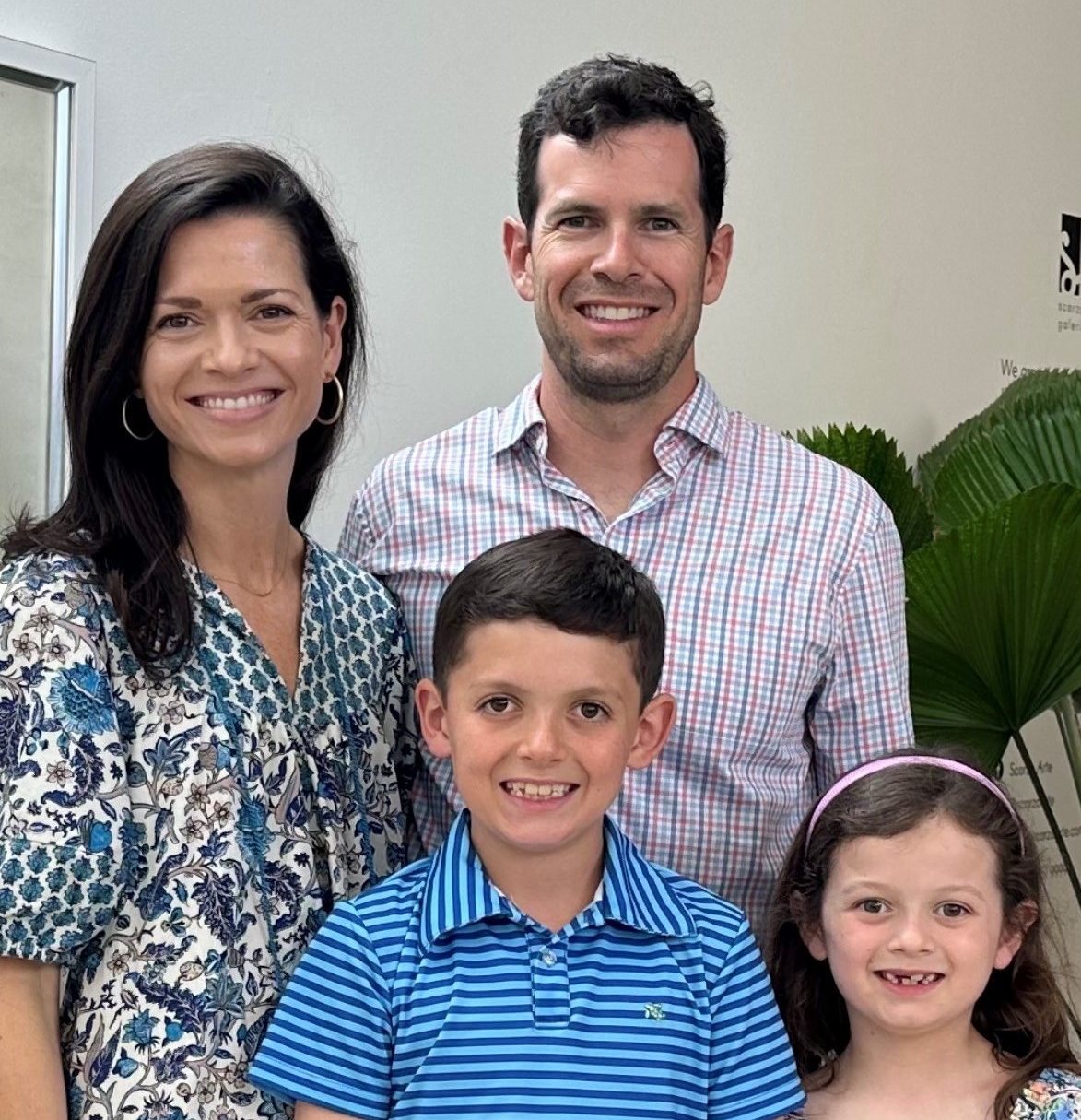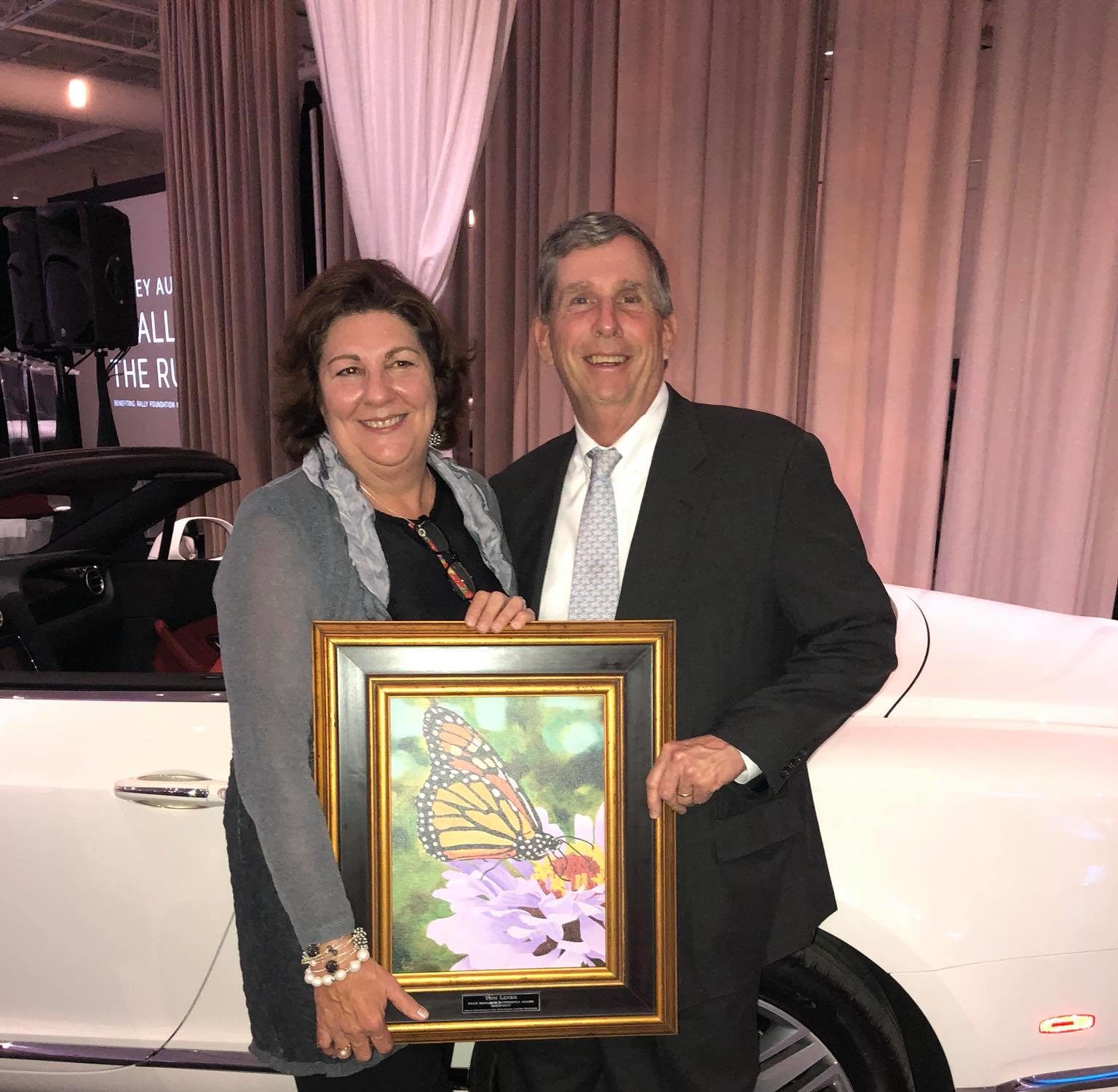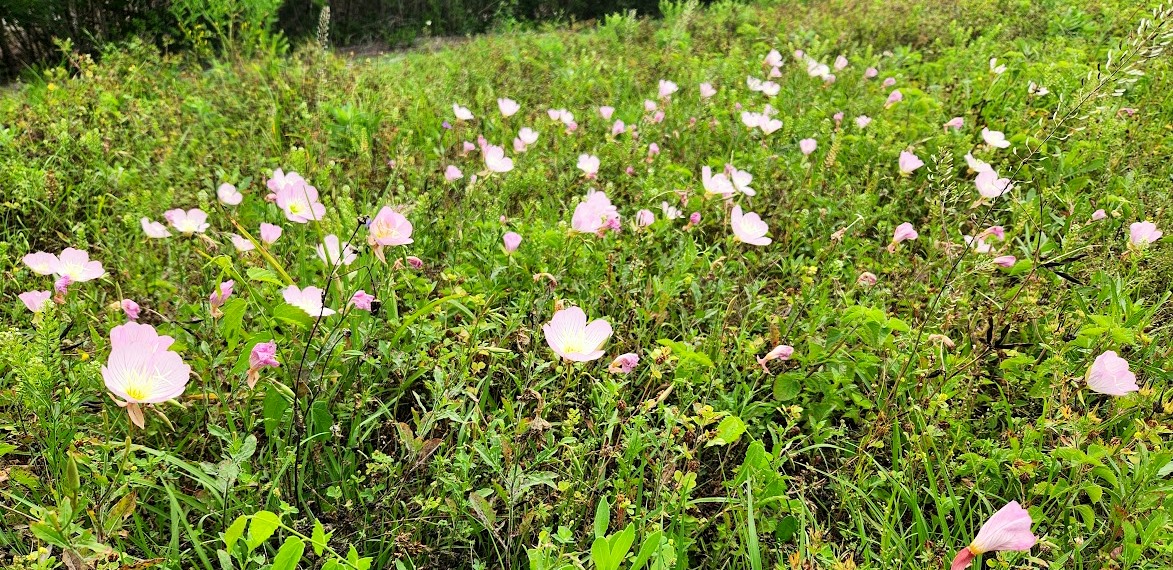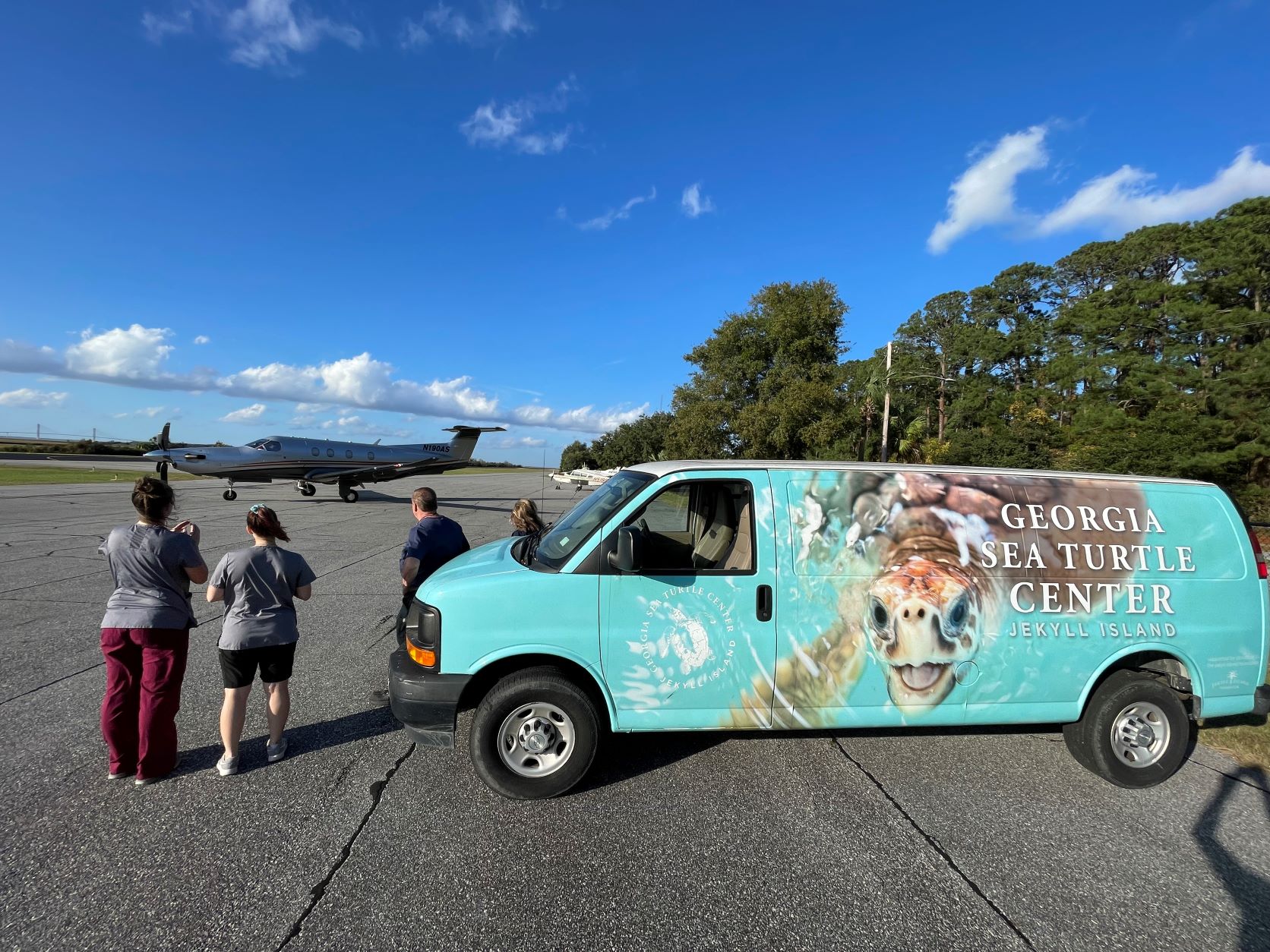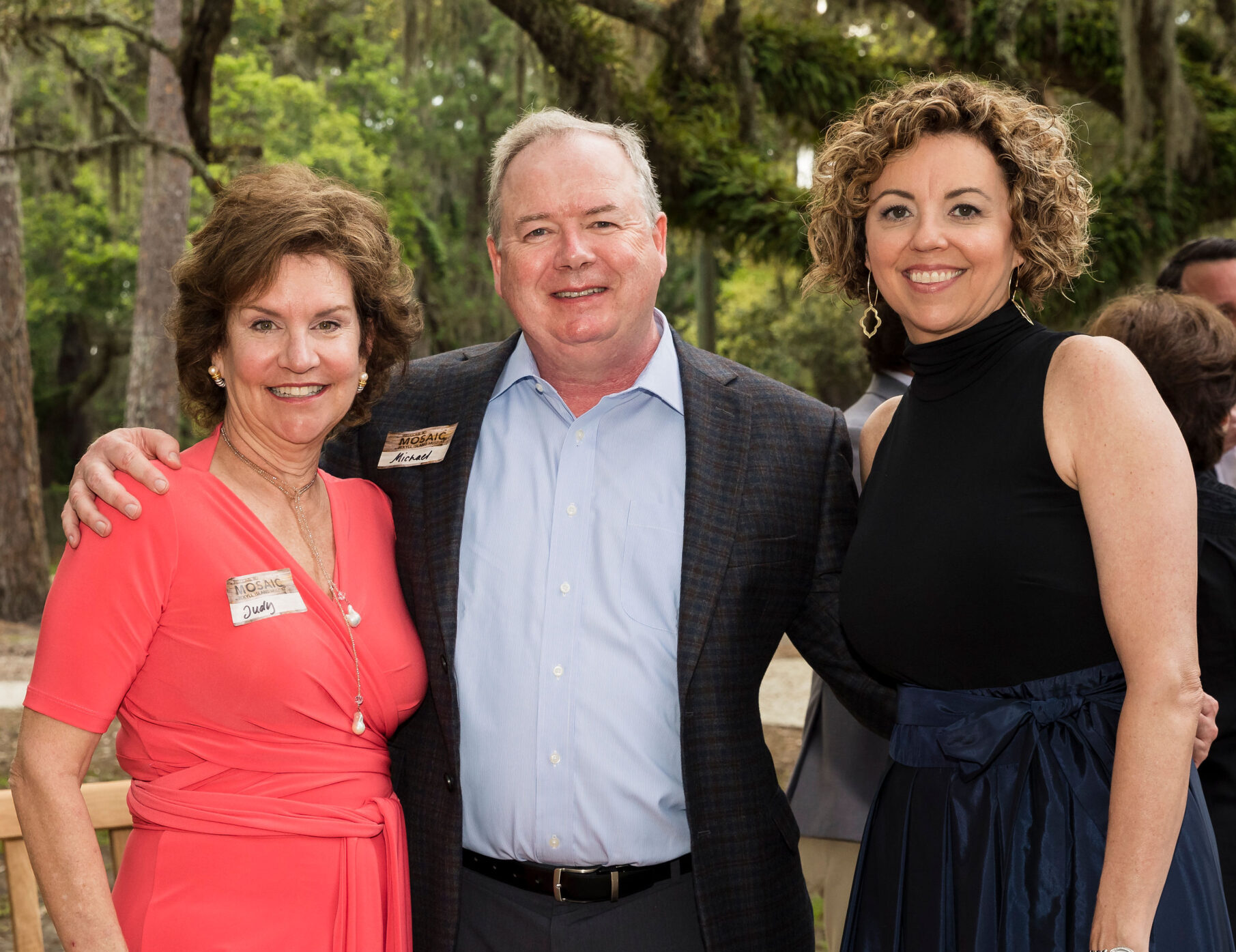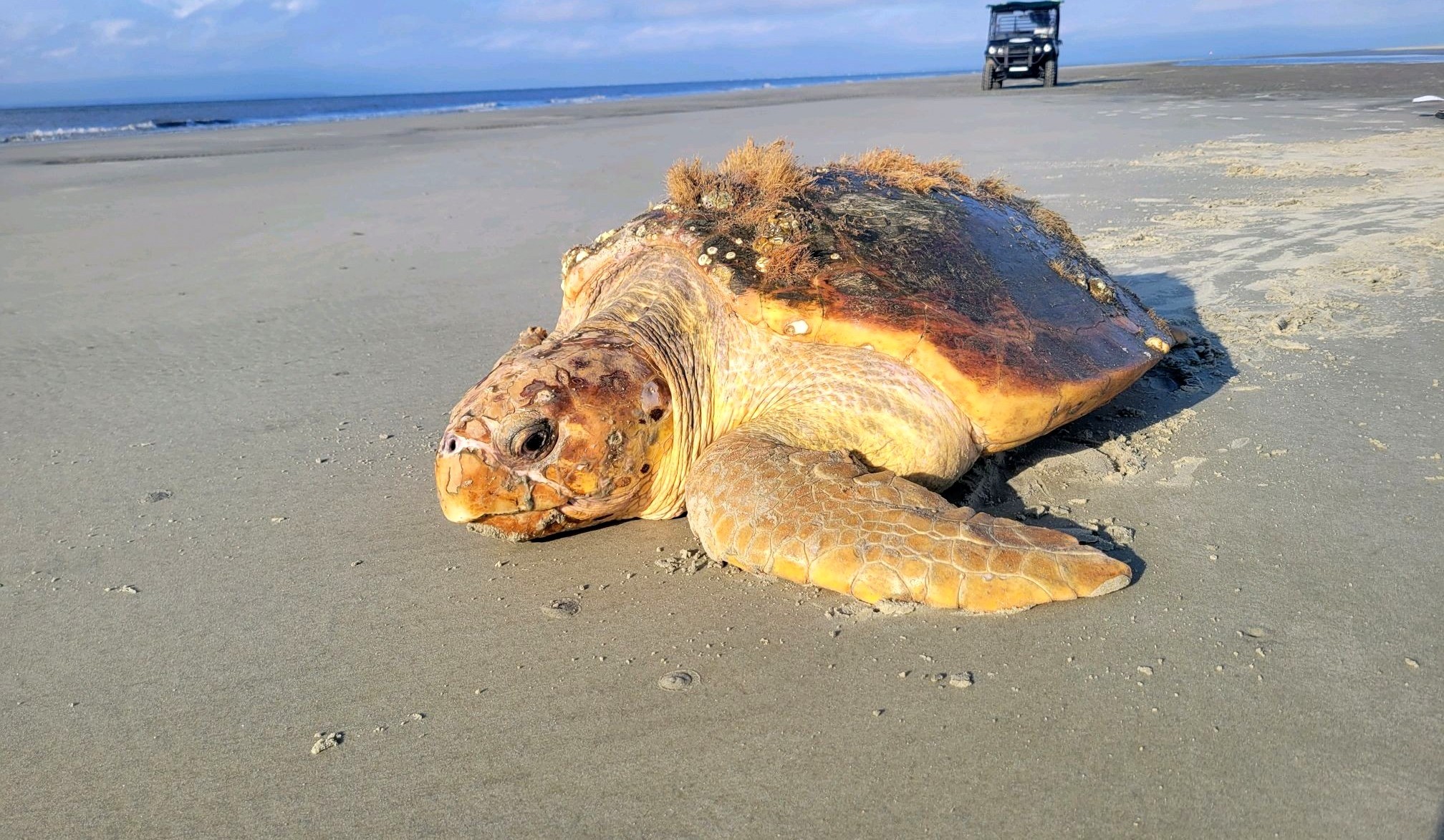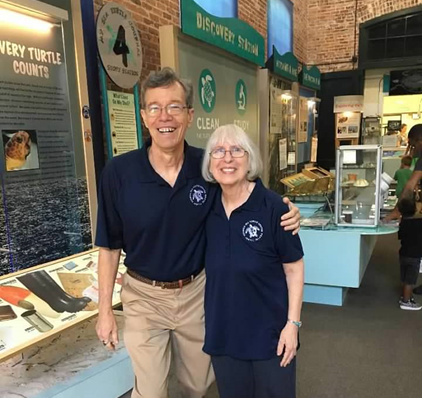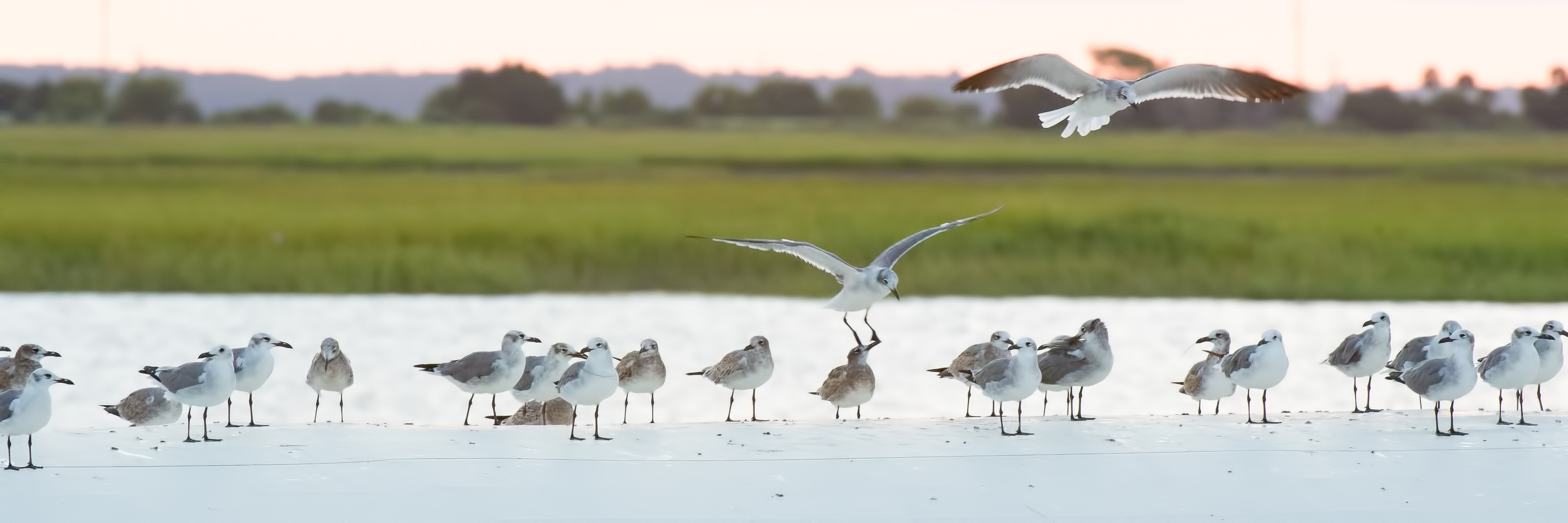Jekyll Island has been a part of Johnathan Roberts’s life from an early age. During his childhood in Blackshear, Georgia, his family enjoyed day trips to the island, often boating and fishing or visiting his extended family, the Van Iderstynes. Embarking from the Jekyll Marina to nearby Cumberland Island and Christmas Creek became one of Johnathan’s favorite things to do with his dad. The Jekyll Island Club Resort’s Grand Dining Room became his mom’s favorite place to celebrate her birthday with its rich history and charm.
As a young adult, Johnathan settled on St. Simons Island, and he visited Jekyll even more often. Boating trips from St. Simons to Jekyll and fishing around the rivers became a frequent hobby.
In 2009, Johnathan started Roberts Civil Engineering, which offers civil design, construction services, municipal consulting and program management services in St. Simons Island and beyond. By 2012, Jekyll Island Authority had become a repeat client. Some of his proudest projects include the Ben Fortson Entrance Reconfiguration, Camp Jekyll, The Cottages at Jekyll Island and the Beach Village. It was through work on these projects that he became acquainted with the Jekyll Island Foundation. “The Foundation’s value was easy to recognize,” he said. When approached to serve on the Board, he was deeply honored. “I love Jekyll Island and think it’s such a special place. I was honored to be asked to help promote and protect it.”
He loves the unique combination of nature, history and – now – the newer enhancements.
“Responsible development is and has been a hallmark for Jekyll,” he said. “The Jekyll Island Authority has taken great care to ensure a tangible connection between yesterday and today, and to maintain the balance of conservation and commercial viability.”
Johnathan, his wife Meredith, and their two children make frequent neighborly visits to Jekyll for bike rides and excursions. “During the Christmas holidays, our family has a tradition to view the impressive light displays. The Authority does a wonderful job, and Jekyll Island continues to prosper under its leadership.”
An avid runner who has competed in ten marathons to date, Johnathan also has praise for Jekyll’s trail system. “It’s second to none. The route along the ocean in the early morning is one of my favorites.”
Looking forward, Johnathan says, “My hope for Jekyll is that it continues to thrive as one of the most unique destinations in the country with an appropriate balance of the natural environment, appealing amenities and rich history.”
